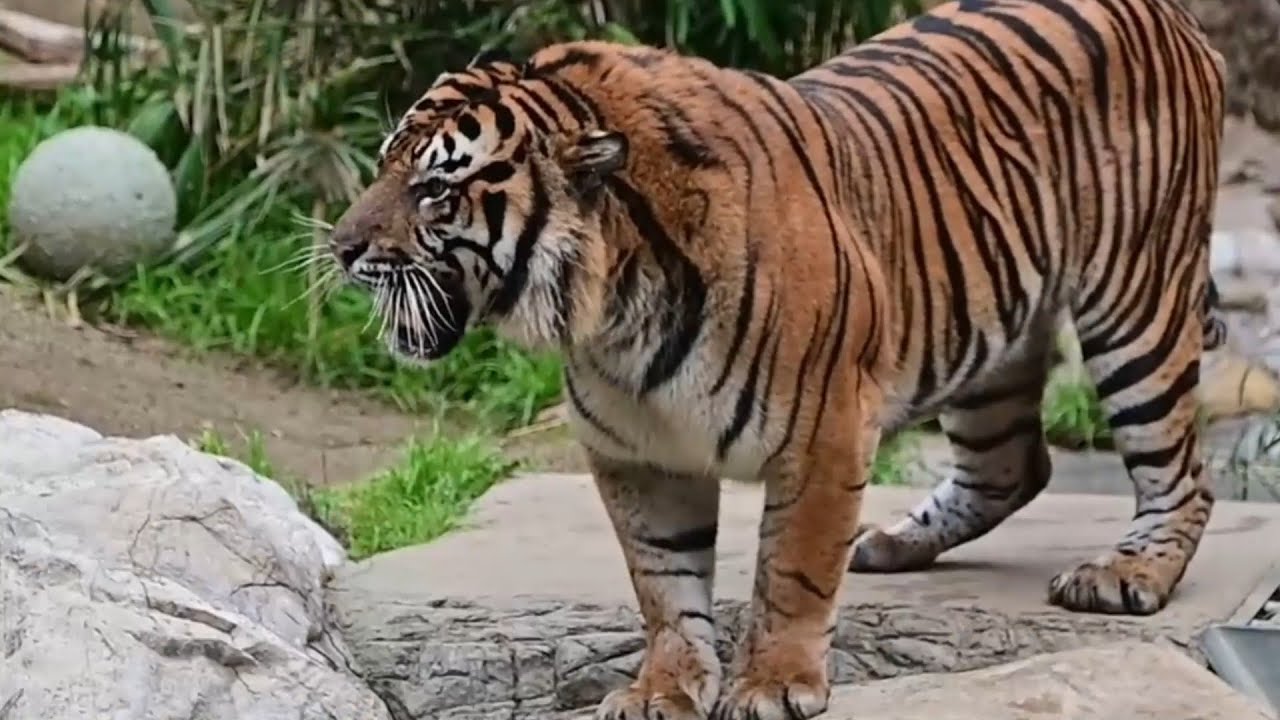- Reflecting on 51 Years of Conservation Success: Achievements and Milestones in Protect, Recover, Thrive
- The Role of Zoo Management in Wildlife Conservation and Biodiversity Preservation
- Biological Insights and Implications for Endangered Species Recovery and Habitat Protection
- Community Engagement and the Future of Conservation Initiatives
The Protect, Recover, Thrive initiative marks over five decades of dedicated conservation efforts. This landmark initiative celebrates achievements in wildlife conservation and underscores the importance of preserving biodiversity. Over the years, the project has transformed from a small-scale effort to a global movement advocating for sustained environmental stewardship. This success story can be attributed to a combination of strategic planning, scientific research, and community involvement, which have formed the core of this initiative. The significance of this work lies in its ability to adapt to changing environmental needs while maintaining a steadfast commitment to protecting our planet’s wildlife.
Zoo management plays a crucial role in conservation efforts by acting as a bridge between wildlife and the public. Modern zoos are not just places for recreation; they have become centers for conservation, research, and education. Through carefully designed breeding programs and habitat designs, zoos facilitate the conservation of endangered species. Furthermore, zoos engage in collaborative research projects that assess the ecological needs of different species, aiding in the development of strategies for their survival in the wild. These concerted efforts have made zoos instrumental in both ex-situ and in-situ conservation projects, providing invaluable support to species that might otherwise face extinction.
Biological insights gained from Protect, Recover, Thrive offer valuable lessons for endangered species recovery and habitat protection. Detailed research into species behavior, genetics, and ecology has provided the necessary data to develop targeted strategies for conservation. This scientific approach has enabled practitioners to identify the critical factors affecting species survival and to implement measures that enhance reproductive success and genetic diversity. For example, genetic rescue initiatives have been instrumental in reviving populations that were once on the brink of collapse, demonstrating clear victories in conservation science. Moreover, habitat restoration projects have been key in creating sustainable environments for wildlife to thrive, showcasing the synergy between scientific research and practical conservation action.
Community engagement remains a pillar of successful conservation initiatives. The future of projects like Protect, Recover, Thrive relies heavily on the support and involvement of the local populations who coexist with wildlife. Education and awareness programs are at the heart of fostering this connection, empowering communities to participate actively in conservation efforts. By highlighting the cultural and economic value of biodiversity, these programs encourage stewardship and sustainable practices. Additionally, fostering partnerships with local and international organizations ensures a broad support network, which is crucial for scaling conservation successes globally. These collaborations create a unified front in combating ecological challenges, promising a brighter future for wildlife and humans alike.
The narrative of over fifty years of Protect, Recover, Thrive is a compelling testament to the necessity of conservation-focused efforts in today’s environmental landscape. It stands as an example of what can be achieved when scientific research, effective management, and community involvement converge towards a common goal. As the initiative continues to build on its legacy, it offers hope and inspiration to conservationists worldwide, demonstrating through its success that a thriving future for both biodiversity and human society is attainable.
*****
Source Description
Today we honor 51 years of the #EndangeredSpeciesAct, a landmark law dedicated to protecting endangered and threatened species worldwide. At the L.A. Zoo, we’re proud to play a role in conserving species like the California condor, peninsular pronghorn, southern mountain yellow-legged frog, and more.


